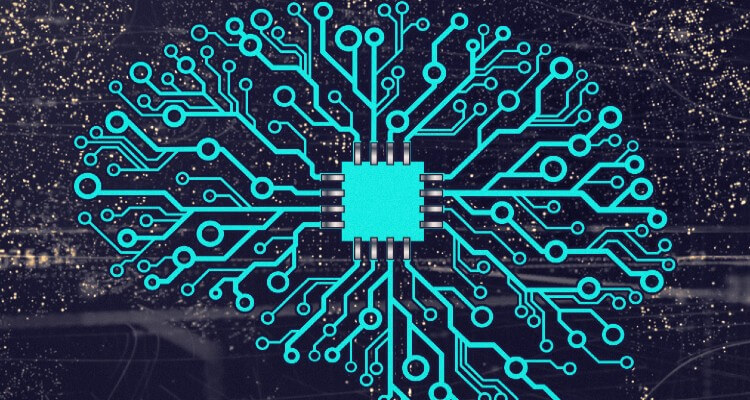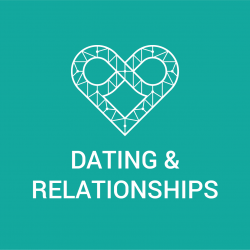Why We Love Who We Do: Using Computer Simulation to Understand Mate Selection
Will loneliness and unwanted singledom become relics of the past?

A recent study that aimed to unlock the mystery behind why people are attracted to one another has made a potentially significant step forward.
In an experiment published in Personality and Social Psychology Review, Daniel Conroy-Beam, Assistant Professor of Psychological and Brain Sciences, at University of California, Santa Barbara, analyzed the personalities of couples.
These participants were already in partnerships with each other before the experiment began. Through complex computer modeling, Conroy-Beam tested what behavioral model fared the best in predicting a couple’s attraction to each other.
While a lot of work needs to be done, Conroy-Beam’s project may someday result in the development of sophisticated computer programs to finally put an end to that other epidemic: the one that, according to SocialSelf, currently affects more than 60% of people living in the United States.
The epidemic of loneliness.
Removing human error from research

Conroy-Beam is far from the only researcher working in the field of mate selection. However, his practical approach to testing theoretical models using computer simulation sets him apart.
Conroy-Beam began by taking a critical look at what was interfering with his fellow researchers’ attempts to collect accurate information from their interviewees.
He found that the main problem is that talking to people isn’t exactly the most efficient way to get down to the gist of why we like—or love—someone.
To solve this issue, Conroy-Beam took verbal communication out of the equation and replaced it with a computer simulation. This provided a much more precise analysis of what was going on behind the emotional scenes.
“We’re directly simulating people’s real choices,” Conroy-Beam told Futurity, “we’re removing the limits of doing this in our own heads because we have computers that can keep track of all the very complicated interactions that are going on.”
He also took a different approach in what data he’d be using and then how this information would be subsequently handled by his stimulation.
Testing mate-selection models

Conroy-Beam prepped his experiment by diligently examining several hundred couples and analyzing their personality traits and relationship preferences. From there, he created virtual copies of their personalities that were designed to act as much like the original as possible.
Next, he separated the computerized replicas of couples. The newly single virtual individuals were then run through each of the already-established mate selection models to find out which would do the best job matching the digital singles with their original partners.
The winner was the Resource Allocation Model (RAM), with a 45% success rate.
“The other models treat attraction like an on/off switch,” Conroy-Beam explained, “but RAM allows for gradients of attraction. It also incorporates reciprocity: the more a potential mate pursues you, the more you pursue them in return.”
The future of virtual matchmaking

This was arguably a step forward in unlocking the secrets of human attraction. However, it’ll take time before Conroy-Beam and his Computational Mate Choice Lab can refine the RAM model to the point where it’s able to have a practical application.
Conroy-Beam is remarkably enthusiastic about the future of his research and is looking forward to making its scope more inclusive:
We hope to do this across cultures as well as to incorporate same-sex couples in the near future. We also have plans in the next couple of years to try to apply this to single people to prospectively predict their future relationships.
The pressing need for matchmaking technology
This kind of technology certainly can’t come fast enough. As sites like SocialPro have reported, loneliness is becoming a global mental health emergency.
Mandatory social isolation during the COVID-19 pandemic hasn’t helped the situation. Psychologists and social scientists raised the alarm that, if this problem isn’t addressed soon, there could be irreparable harm done to practically every aspect of human society.
It’s impossible to say what form effective dating systems might take and when we’ll be able to take advantage of them. However, let’s hope that, through the hard work of Conroy-Beam and researchers like him, we won’t have to wait too much longer.
Image sources: Valerie Everett, Liam Huang, Wyatt Fisher, Gary

















